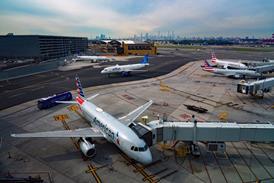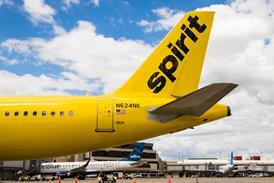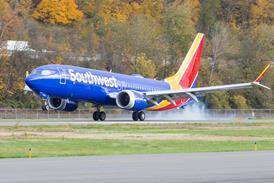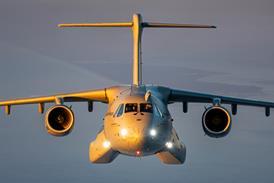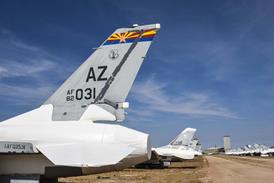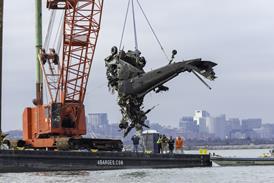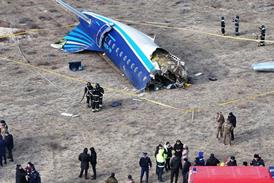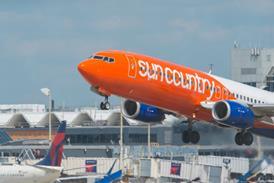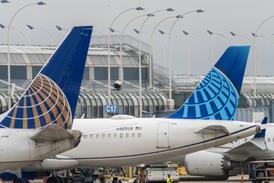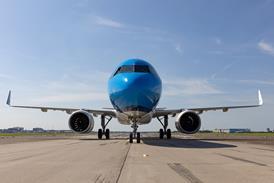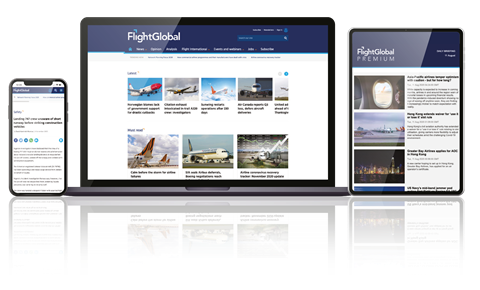Tariffs are on the minds of executives up and down the aerospace supply chain, as companies seek to quantify the implications while Boeing works to ensure Chinese customers continue accepting new 737s, 787s and 787s.
The aerospace effects of the trade war, which escalated last week when US President Donald Trump slapped steep new levies on imported products, remain largely unclear, though many suppliers expect the measures will increase costs and require they implement new processes – and hire attorneys and consultants – to determine which components are subject to which duties.
The implications are particularly challenging to predict because President Trump has a history of lifting or modifying tariffs shortly after laying them down.
On another front, a trend to disassemble Pratt & Whitney PW1000G-powered Airbus jets for parts is gaining steam, with firms confirming having acquired A320neos and A220s for that purpose. Parting-out the relatively new jets makes increasing sense owing to PW1000G engine troubles and broader parts shortages.
Meanwhile in the last week, Airbus’s chief executive in the USA says the company remains on track to open this year a second A320neo-family production line in Mobile, and is progressing with plans to ramp up A220 assembly.
On the topic of safety, Airbus has warned pilots against using rudder pedals to counter turbulence- or vortex-induced rolls in response to an incident involving an A320 rolling to excessive bank angles. That jet’s roll hit 52° and subjected it to 0.41g of lateral acceleration, which is considered a “red level event” under maintenance guidance.
Elsewhere, US teams are busy investigating the 10 April crash near New York City of a Bell 206 helicopter operating a tour flight that killed six people. Crews have recovered much of the aircraft’s structure and the FAA has yanked New York Helicopter’s operating license.
And Chinese investigators have determined that a malfunctioned crew oxygen system led to a fire that destroyed a Tupolev Tu-204C freighter at Hangzhou in 2022.
Also in recent days, Mongolia’s aviation regulator issued type acceptance certificates for Embraer’s E190-E2 and E195-E2, paving the way for Mongolian airline Hunnu Air to begin operating E190-E2s.
On the development front, Toulouse-based developer Aura Aero is working to fly its prototype hybrid-electric regional aircraft within two years, while France’s Beyond Aero aims this year to complete a preliminary design review for a hydrogen-powered business jet.

